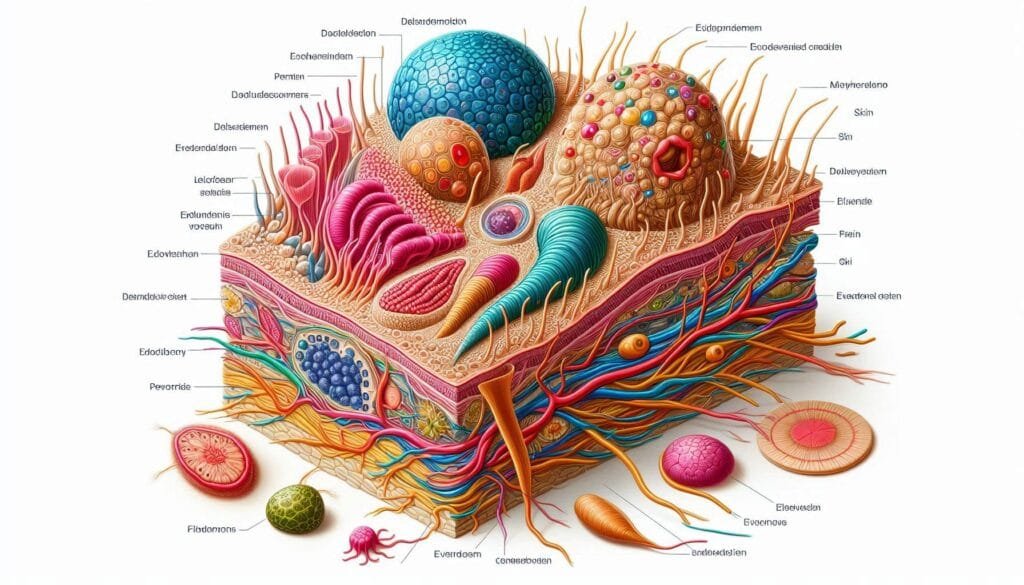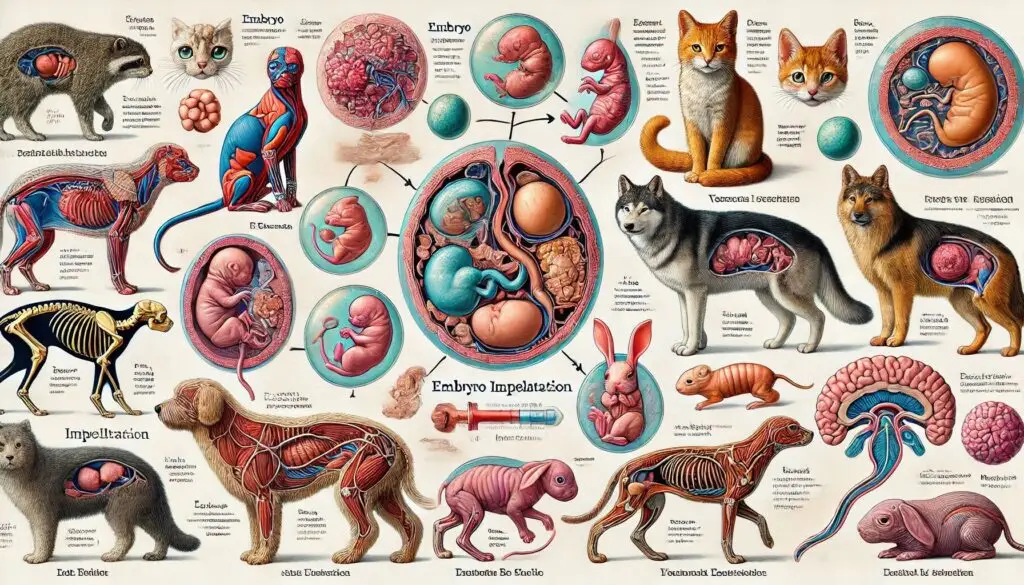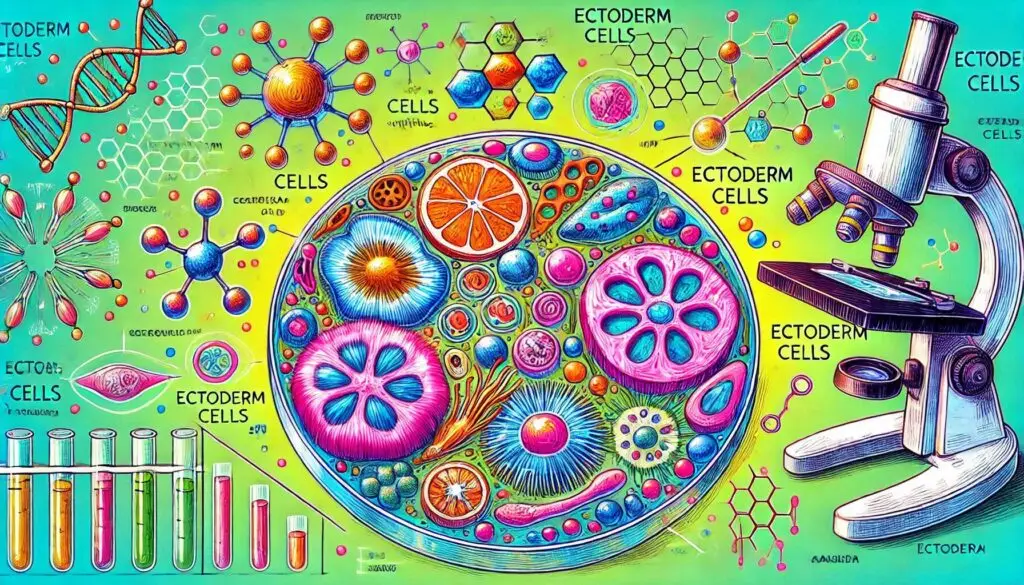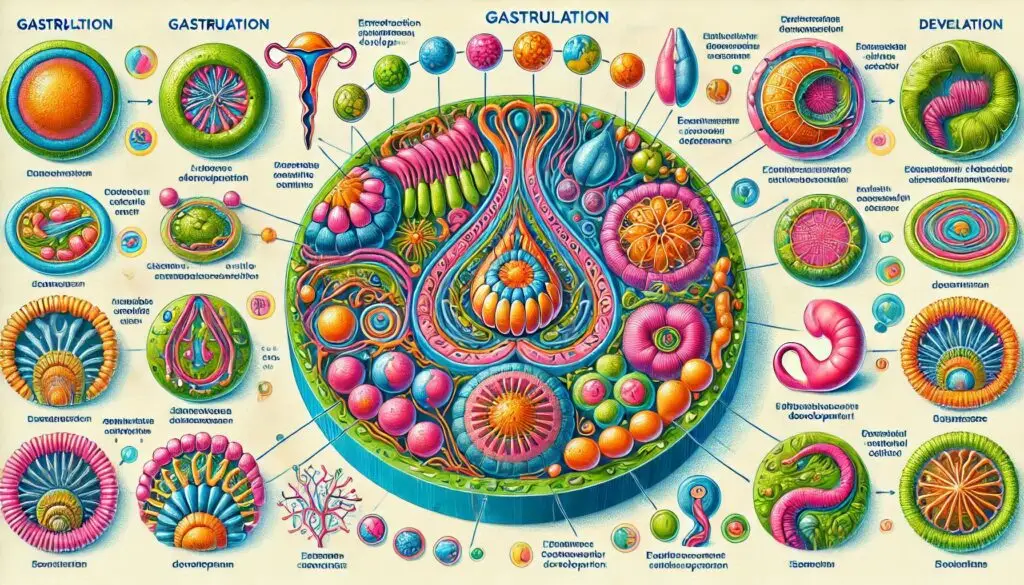Ectoderm Derivatives

Introduction to Ectoderm
The ectoderm is one of the three primary germ layers formed during embryonic development. It plays a crucial role in forming various tissues and organs in the body. Understanding ectoderm derivatives is essential for grasping how our bodies develop and function. In this article, we will explore the main derivatives of ectoderm and their significance in human anatomy.
What is Ectoderm?
Ectoderm is the outermost layer of cells in the embryo. It forms during a process called gastrulation. This layer gives rise to structures that are vital for survival and functionality. For a deeper understanding of gastrulation and its importance, you can refer to this National Center for Biotechnology Information article.
Importance of Ectoderm Derivatives
Ectoderm derivatives contribute significantly to various systems in our body. They play roles in protection, sensation, and communication within the body. Let’s delve into each category of ectoderm derivatives.
Nervous System Derivatives
Central Nervous System (CNS)
The central nervous system comprises the brain and spinal cord. Both structures originate from neuroectoderm, a specialized part of the ectoderm. The development of the CNS is a complex process involving several stages. For more information on neural development, check out this Nature Reviews Neuroscience article.
Brain Development
The brain develops from three primary vesicles: the forebrain, midbrain, and hindbrain. Each vesicle further divides into specific regions responsible for different functions. Understanding brain anatomy is crucial for studying neurological disorders.
Spinal Cord Development
The spinal cord forms from the neural tube, which also arises from neuroectoderm. It plays a vital role in transmitting signals between the brain and the rest of the body. Damage to the spinal cord can lead to severe consequences.
Peripheral Nervous System (PNS)
The peripheral nervous system includes all nerves outside the CNS. It consists of cranial nerves and spinal nerves. The PNS is essential for connecting the CNS to limbs and organs.
Function of PNS
The PNS has two main components: sensory (afferent) nerves and motor (efferent) nerves. Sensory nerves carry information from sensory receptors to the CNS, while motor nerves transmit signals from the CNS to muscles.
Sensory Organ Derivatives
Eyes
The eyes are complex organs responsible for vision. The lens and cornea develop from ectodermal tissue. The intricate structure of the eye allows us to perceive light and color.
Lens Development
The lens forms from a thickening of surface ectoderm during embryonic development. This process is crucial for proper vision.
Ears
The inner ear structures responsible for hearing and balance also derive from ectoderm. The development of these structures is vital for auditory function.
Cochlea Formation
The cochlea is a spiral-shaped organ that translates sound vibrations into neural signals. Its proper formation ensures effective hearing.
Nose
The olfactory epithelium, located in the nasal cavity, originates from ectoderm. This tissue is essential for our sense of smell.
Olfactory Receptors
Olfactory receptors detect airborne chemicals, allowing us to perceive different scents. These receptors play a significant role in taste as well.
Skin and Appendages Derivatives
Epidermis
The epidermis is the outer layer of skin that protects underlying tissues. It develops entirely from ectodermal cells. The epidermis serves as a barrier against environmental hazards.
Skin Layers
The epidermis consists of several layers: stratum corneum, stratum granulosum, stratum spinosum, stratum basale, and more. Each layer has specific functions that contribute to skin health.
Hair and Nails
Hair follicles and nails also derive from ectodermal tissue. Hair provides insulation and protection, while nails protect fingertip sensitivity.
Glands: Sweat and Sebaceous Glands
Sweat glands help regulate body temperature through perspiration. Sebaceous glands produce oil that keeps skin moisturized.
Oral Structures Derivatives
Mouth Lining
The epithelial lining of both the mouth and anus originates from ectoderm. This lining plays a vital role in digestion and waste elimination.
Importance of Oral Health
Maintaining oral health is crucial for overall well-being. Regular dental check-ups can prevent various health issues related to oral hygiene.
Teeth Development
Teeth form from both ectodermal and mesenchymal tissues. Ameloblasts are specialized cells that produce enamel—the hard outer layer of teeth.
Endocrine Gland Derivatives
Pituitary Gland
The pituitary gland is often referred to as the “master gland” because it regulates various hormonal functions in the body. The anterior pituitary develops from surface ectoderm while the posterior pituitary arises from neuroectoderm.
Hormonal Regulation
Hormones produced by the pituitary gland influence growth, metabolism, and reproduction. Understanding these hormones helps us grasp their impact on health.
Adrenal Medulla
The adrenal medulla develops from neuroectoderm as well. It plays a crucial role in producing adrenaline (epinephrine) during stress responses.
Conclusion: The Significance of Ectoderm Derivatives
Ectoderm derivatives are fundamental to human development and function. They contribute significantly to our nervous system, sensory organs, skin structures, oral components, and endocrine glands. Understanding these derivatives helps us appreciate how our bodies work together to maintain health.
More from Veterinary Anatomy:
Adrenal cortex






Responses